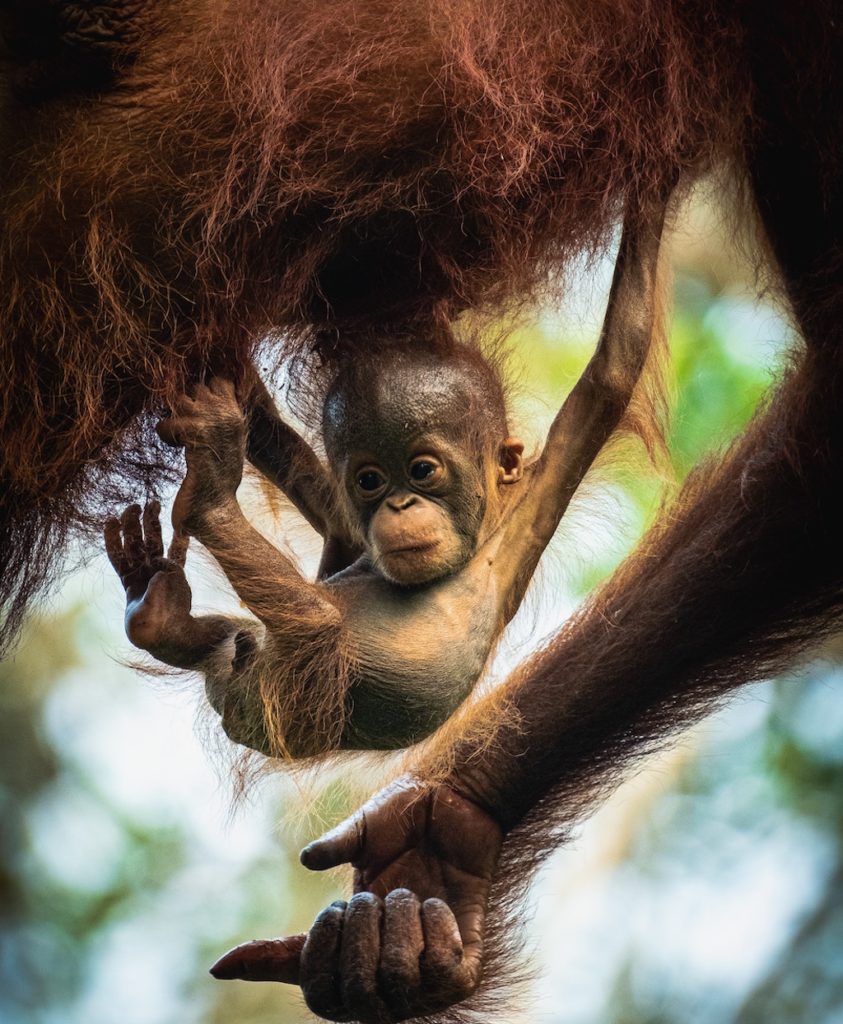3 Mins Read
In a move to secure food for the domestic market, Indonesia is halting palm oil exports as the war in Ukraine drives global food prices up.
Nearly half of packaged products contain palm oil. It’s found in food from cookies to pizza crust, personal care products, and animal feed, among others. But it’s as problematic as it is ubiquitous—a leading cause of deforestation, habitat loss, and climate change. The problems with palm oil are even more complicated following an announcement from Indonesia, the world’s leading palm-producing country, that it’s halting exports.
The announcement came via Indonesia’s President, Joko Widodo, in a move he said was to protect his country from rising food costs following Russia’s invasion of Ukraine. Both play vital roles in the global food system; Ukraine, specifically, is one of the world’s largest grain exporters.

Indonesia is not the world’s only producer of palm oil, but it is the largest, producing about one-third of all palm oil. The halt on exports is likely to add to rising global food costs, but Widodo says it’s a move necessary for his country.
Rising prices
Already, cooking oil prices in Indonesia have increased more than 40 percent for residents, with some prices doubling in a month—that’s even with a government cap aimed at keeping prices from increasing too much, but recent data found prices had surpassed the target maximum. It’s unsustainable, says Widodo.
“This move is rather unfortunate and totally unexpected,” Widodo said in a statement.
“I will monitor and evaluate the implementation of this policy so availability of cooking oil in the domestic market becomes abundant and affordable,” he said.
Alternative vegetable oil prices went on a surge in response to the ban, which goes into effect today. Prices for soybean oil, which is second to palm oil production, rose 4.5 percent.

Palm oil was facing challenges even before Russia’s invasion of Ukraine. Demand has skyrocketed in recent years and top producers across Indonesia and Malaysia saw lower than expected yields, leading to price increases. Malaysia is the second-biggest palm-producing country after Indonesia, its output was hindered by a workforce weakened by the covid pandemic.
The palm industry has been heavily criticized for its impact on the local environment. Indonesia’s forests are home to orangutans, whose numbers have declined steadily since palm oil’s rise in popularity started in the 1970s. According to recent data, Bornean orangutan populations declined from 300,000 in the 1970s to fewer than 14,000 Sumatran orangutans and less than 800 Tapanuli at recent counts.
Palm oil alternatives
Finding alternatives isn’t exactly easy, though. It’s part of the problem with palm oil in the first place; brands heavily rely on it for its versatility. It’s used in peanut butter and margarine to improve spreadability, it extends shelf life, improves crunch, and is odorless and colorless, so it doesn’t affect taste like other oils with similar properties, such as coconut.
There are sustainable efforts, particularly across palm-producing countries in Africa. Ethical companies like Dr. Bronner’s soap have been sourcing from responsible palm producers for years.
Tech companies are also working to develop alternatives that would keep forests intact. In 2020, Bill Gates led a $20 million funding round into C16 Biosciences, which is working on a sustainable and ethical lab-grown version of palm oil.
Lead image via Brad West on Unsplash



